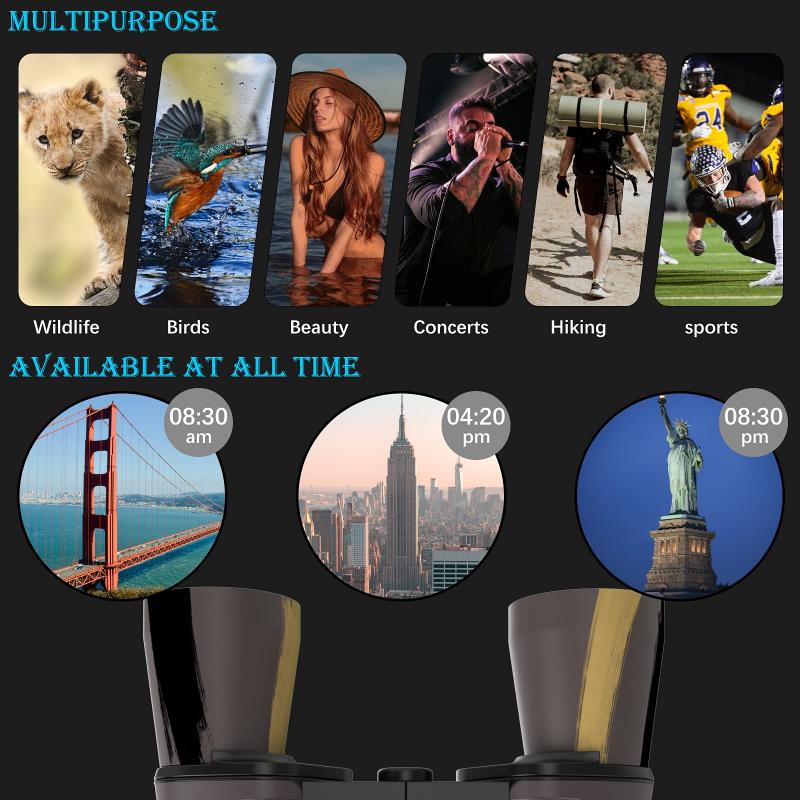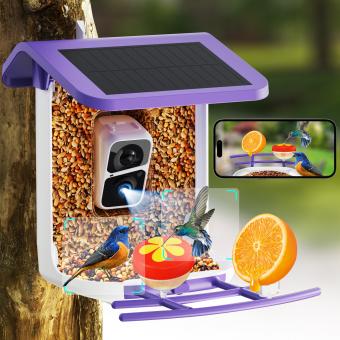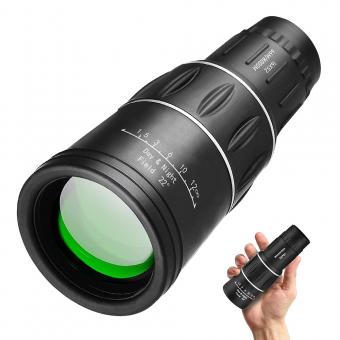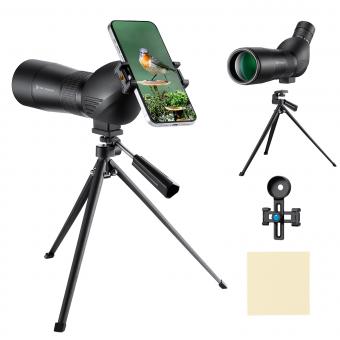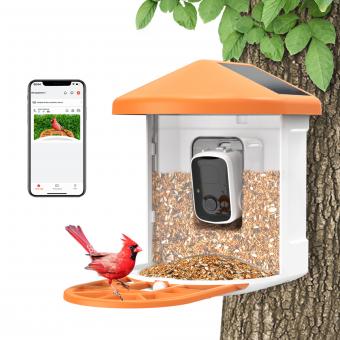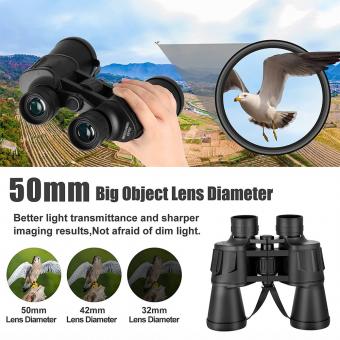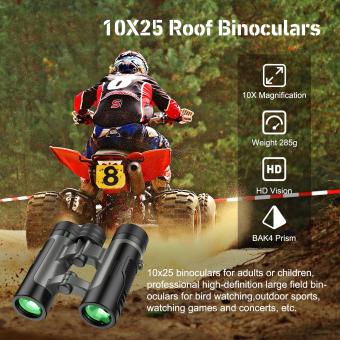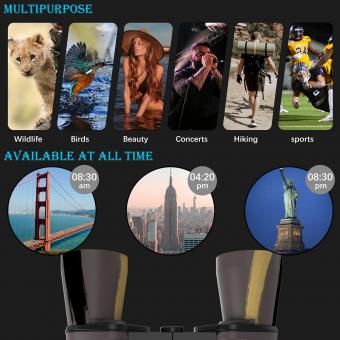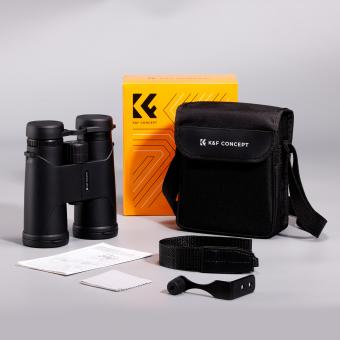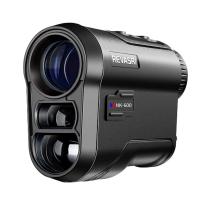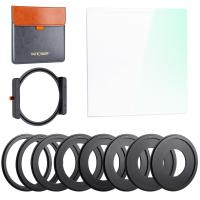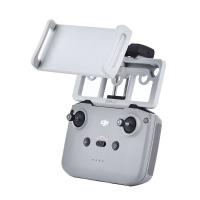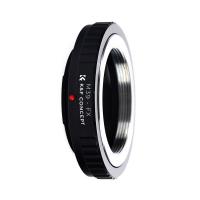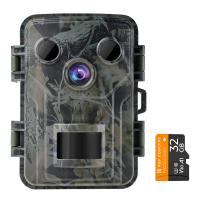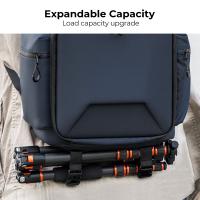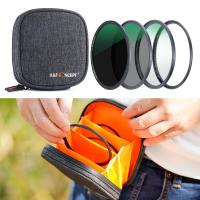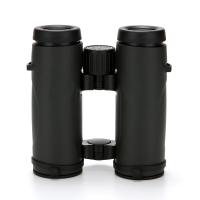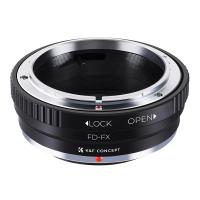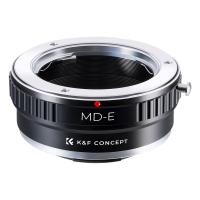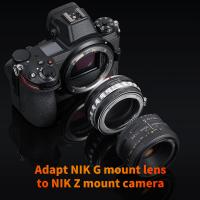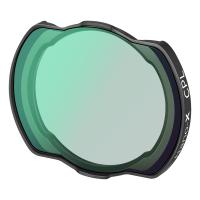What Are The Best Bird Watching Binoculars ?
The best bird watching binoculars are typically those that offer a combination of high magnification, wide field of view, and excellent image quality. Some popular options include the Swarovski EL 8.5x42, Zeiss Victory SF 8x42, and Nikon Monarch 7 8x42. Ultimately, the best binoculars for bird watching will depend on individual preferences and budget.
1、 Optical Power and Magnification
When it comes to bird watching, having a good pair of binoculars is essential for getting a clear and detailed view of the birds in their natural habitat. The best bird watching binoculars are those that offer a combination of optical power and magnification to provide a crisp and immersive viewing experience.
One of the most important factors to consider when choosing bird watching binoculars is the optical power. This refers to the quality of the lenses and coatings used in the binoculars, which determine the clarity and brightness of the image. High-quality binoculars often feature multi-coated lenses and advanced prism systems, such as roof prisms, which help to enhance light transmission and reduce glare.
Magnification is another crucial aspect to consider. For bird watching, a magnification of 8x to 10x is generally recommended. Higher magnifications may result in a narrower field of view, making it more difficult to locate and track birds. However, advancements in technology have led to the development of binoculars with image stabilization features, which can compensate for hand movements and provide a steady image even at higher magnifications.
In terms of the latest point of view, there have been significant advancements in binocular technology in recent years. Many manufacturers are now incorporating features such as ED (Extra-low Dispersion) glass, which helps to reduce chromatic aberration and improve color accuracy. Additionally, some binoculars now come with built-in digital cameras, allowing bird watchers to capture high-quality photos and videos of their sightings.
Ultimately, the best bird watching binoculars will depend on individual preferences and budget. It is recommended to try out different models and brands to find the one that feels comfortable in your hands and provides a clear and immersive viewing experience.

2、 Lens Diameter and Light Gathering Capability
When it comes to bird watching, having a good pair of binoculars is essential for getting a clear and detailed view of the birds in their natural habitat. One of the most important factors to consider when choosing bird watching binoculars is the lens diameter and light gathering capability.
The lens diameter refers to the size of the objective lens, which is the lens farthest from your eyes. A larger lens diameter allows more light to enter the binoculars, resulting in brighter and clearer images. For bird watching, a lens diameter of around 42mm is considered ideal. This size strikes a balance between portability and light gathering capability, providing a good field of view and sufficient brightness even in low-light conditions.
Light gathering capability is crucial for bird watching, especially during dawn or dusk when birds are most active. Binoculars with high light gathering capability can capture more light, resulting in brighter images and better visibility of details. Look for binoculars with high-quality lenses and coatings that maximize light transmission.
In terms of the latest point of view, advancements in lens technology have led to the development of binoculars with improved light gathering capabilities. Some manufacturers now offer binoculars with larger lens diameters, such as 50mm or even 56mm, which can provide even better light gathering capabilities. However, it's important to note that larger lens diameters also mean heavier and bulkier binoculars, which may not be as convenient for extended bird watching sessions or travel.
Ultimately, the best bird watching binoculars in terms of lens diameter and light gathering capability will depend on your specific needs and preferences. It's recommended to try out different binoculars and consider factors like weight, comfort, and image quality before making a decision.
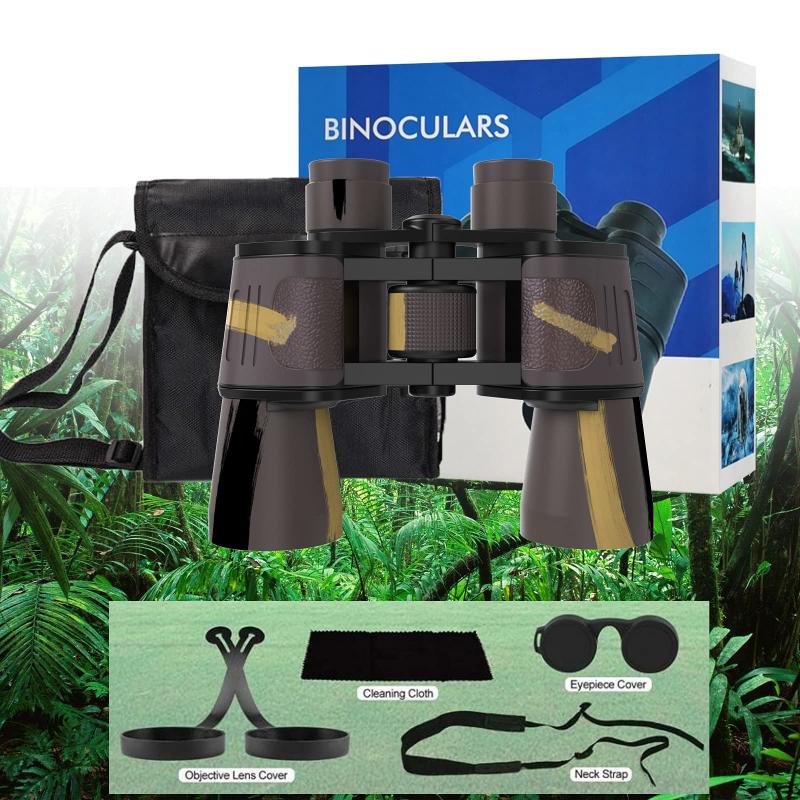
3、 Field of View and Close Focus Distance
When it comes to bird watching binoculars, two important factors to consider are the field of view and close focus distance. These features greatly enhance the bird watching experience by providing a wider view and allowing for clear observation of birds at close distances.
Field of view refers to the width of the area visible through the binoculars. A wider field of view allows you to spot birds more easily and track their movements effortlessly. Binoculars with a field of view of around 400-450 feet at 1,000 yards are considered excellent for bird watching. However, it's worth noting that a wider field of view often comes at the expense of magnification power.
Close focus distance is equally important as it determines how close you can focus on birds. The closer the focus distance, the more detail you can observe. The best bird watching binoculars typically have a close focus distance of around 6-8 feet, allowing you to appreciate the intricate features of birds even at close range.
As for the latest point of view, advancements in technology have led to the development of binoculars with even wider fields of view and closer focus distances. Some manufacturers have introduced binoculars with field of views exceeding 500 feet at 1,000 yards, providing an incredibly immersive bird watching experience. Additionally, there are binoculars with close focus distances as low as 4 feet, enabling bird enthusiasts to observe fine details with exceptional clarity.
Ultimately, the best bird watching binoculars in terms of field of view and close focus distance will depend on personal preferences and budget. It's recommended to try out different models and consider factors such as optical quality, ergonomics, and durability to find the perfect binoculars for your bird watching adventures.

4、 Image Quality and Clarity
When it comes to bird watching, having a pair of binoculars with excellent image quality and clarity is essential. The best bird watching binoculars are those that allow you to see birds in great detail, with vibrant colors and sharp focus.
One of the key factors to consider when looking for binoculars with superior image quality is the lens quality. High-quality lenses with multiple coatings can greatly enhance image clarity and reduce glare. Look for binoculars with ED (Extra-low Dispersion) glass or HD (High Definition) glass, as these technologies minimize chromatic aberration and provide sharper images.
Another important aspect is the magnification power. For bird watching, a magnification of 8x or 10x is generally recommended. Higher magnification can make it difficult to maintain a steady image, especially when observing birds in motion.
In recent years, there have been advancements in lens and prism technologies that have improved image quality even further. For example, some binoculars now feature phase-corrected prisms, which enhance contrast and resolution. Additionally, newer models may incorporate image stabilization technology, which compensates for hand movements and provides a steadier view.
It's also worth considering the field of view (FOV) when choosing bird watching binoculars. A wider FOV allows you to observe birds in their natural habitats more easily, as it provides a larger area of view.
Some popular binocular brands known for their excellent image quality and clarity include Swarovski, Zeiss, Nikon, and Leica. However, it's important to note that the "best" binoculars can vary depending on personal preferences and budget.
In conclusion, the best bird watching binoculars for image quality and clarity are those that feature high-quality lenses, appropriate magnification, and advanced technologies such as ED glass or image stabilization. It's always recommended to try out different models and brands to find the one that suits your specific needs and provides the most enjoyable bird watching experience.
